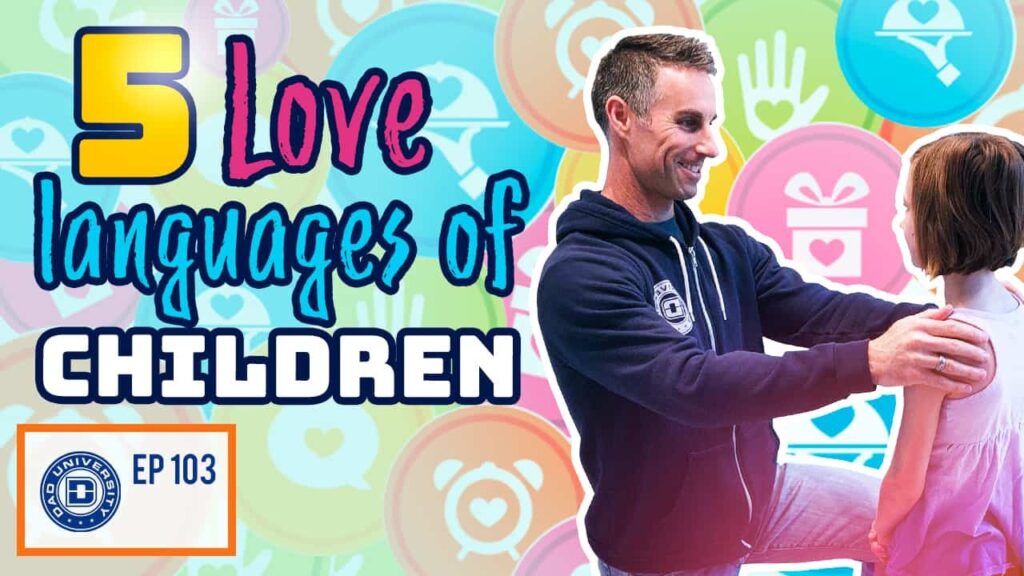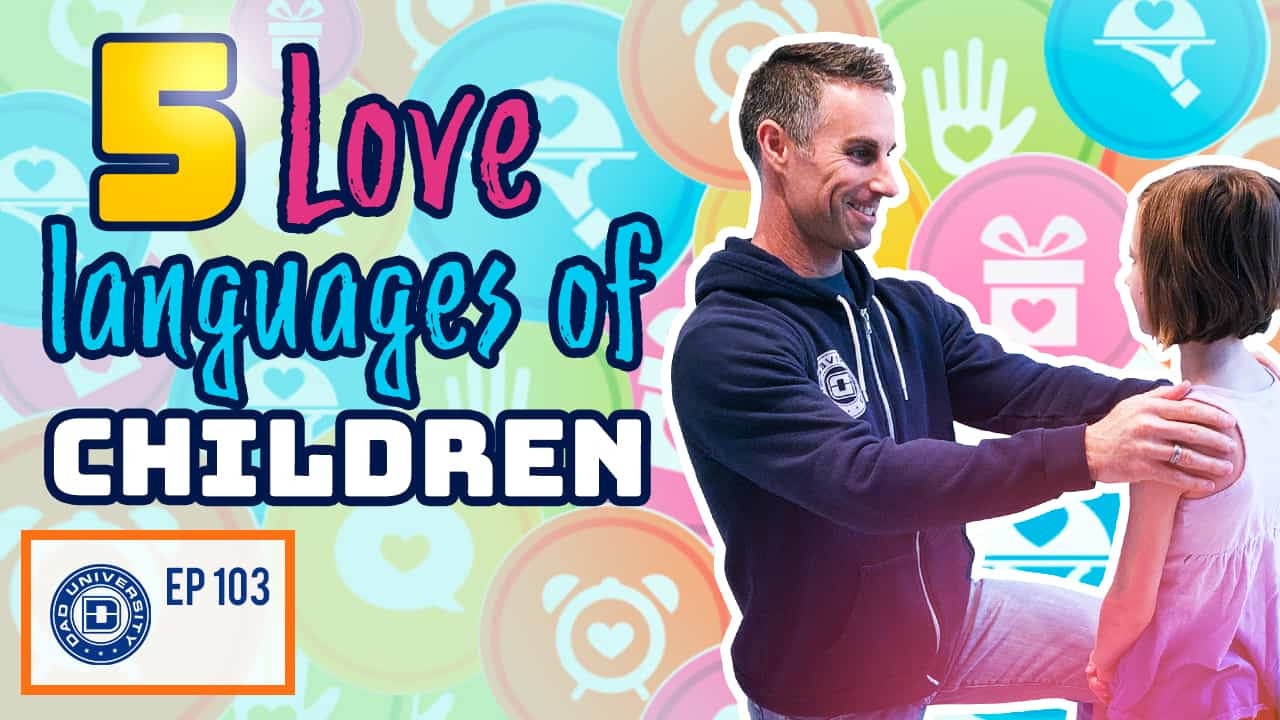
Decoding Affection: Understanding the Love Languages for Children
Every child expresses and receives love differently. Understanding these nuances can significantly enhance your relationship with your kids. Enter the concept of love languages for children, a framework for understanding how individuals, including children, prefer to give and receive affection. This concept, popularized by Gary Chapman, posits that there are five primary love languages: Words of Affirmation, Acts of Service, Receiving Gifts, Quality Time, and Physical Touch. Recognizing your child’s primary love language can lead to more effective communication, stronger bonds, and a happier home environment.
This article delves into each of the love languages for children, exploring practical ways to identify and nurture your child’s specific needs. We’ll explore real-life examples and offer actionable advice to help you speak your child’s love language fluently. By understanding these principles, parents and caregivers can create a more loving and supportive atmosphere, fostering emotional well-being and strengthening the parent-child connection.
The Five Love Languages Explained
Gary Chapman identified five core love languages. Let’s break down each one and explore how they manifest in children.
Words of Affirmation
Children whose primary love language is Words of Affirmation thrive on verbal expressions of love, appreciation, and encouragement. Simple phrases like “I’m proud of you,” “You did a great job,” or “I love you” can have a profound impact on their self-esteem and sense of worth. It’s not just about empty praise; sincerity and specificity are key. Tell them *why* you are proud or appreciate their efforts.
Examples:
- Leaving encouraging notes in their lunchbox.
- Verbally acknowledging their efforts, not just the outcome.
- Writing them a letter expressing your love and admiration.
- Publicly praising their accomplishments (when appropriate and with their consent).
How to identify this love language: Does your child light up when you praise them? Do they often seek verbal validation? Are they sensitive to criticism?
Acts of Service
For children who resonate with Acts of Service, actions speak louder than words. They feel loved when you do things for them, whether it’s helping with homework, making their favorite meal, or running errands. This love language demonstrates care and support through tangible actions.
Examples:
- Helping them with a difficult task.
- Preparing their favorite meal.
- Doing chores for them occasionally.
- Packing their school bag or lunch.
How to identify this love language: Does your child frequently ask for help with tasks? Do they appreciate it when you take things off their plate? Do they notice and appreciate when you do things for them?
Receiving Gifts
This love language isn’t about materialism. For children who value Receiving Gifts, the gift symbolizes love and thoughtfulness. It’s the act of giving, the visible representation of affection, that holds significance. The gift doesn’t have to be expensive; a small, thoughtful token can be incredibly meaningful.
Examples:
- Giving them a small, thoughtful gift that reflects their interests.
- Bringing them a souvenir from a trip.
- Creating a personalized gift for them.
- Surprising them with a small treat.
How to identify this love language: Does your child frequently ask for gifts? Do they cherish and take care of the gifts they receive? Do they often give gifts to others?
Quality Time
Children whose primary love language is Quality Time crave undivided attention. They want you to be fully present, engaged, and focused on them. This means putting away distractions (phones, work, etc.) and dedicating specific time for meaningful interaction. It’s about creating shared experiences and making them feel valued and important.
Examples:
- Having regular family game nights.
- Reading together before bedtime.
- Taking a walk or bike ride together.
- Engaging in their hobbies and interests.
How to identify this love language: Does your child frequently ask you to play with them? Do they get upset when you are distracted or unavailable? Do they thrive on one-on-one time?
Physical Touch
For children who speak the love language of Physical Touch, physical affection is paramount. Hugs, kisses, cuddles, and high-fives are essential for them to feel loved and secure. This love language involves a sense of closeness and connection through physical contact.
Examples:
- Giving them hugs and kisses regularly.
- Holding their hand while walking.
- Cuddling with them while watching a movie.
- Giving them a back rub or head scratch.
How to identify this love language: Does your child frequently seek physical affection? Do they enjoy hugs and cuddles? Do they often initiate physical contact?
Identifying Your Child’s Love Language
Determining your child’s primary love language requires observation, experimentation, and open communication. It’s a journey of discovery, not a one-time test. Here are some strategies to help you uncover their preferences:
- Observe their behavior: Pay attention to how your child expresses love to others. They often give love in the way they prefer to receive it.
- Listen to their requests: What do they ask for most often? Do they want more hugs, more help with tasks, or more dedicated playtime?
- Experiment with different expressions of love: Try incorporating each of the five love languages into your interactions and observe their reactions.
- Ask them directly: Have a conversation with your child about how they feel most loved. Younger children may need help understanding the concept, so use simple language and examples.
- Consider their age and developmental stage: A child’s love language may evolve as they grow and mature. Reassess their preferences periodically.
Practical Tips for Speaking Your Child’s Love Language
Once you’ve identified your child’s primary love language, the next step is to incorporate it into your daily interactions. Here are some practical tips for each love language:
Words of Affirmation
- Make a conscious effort to offer specific and sincere praise.
- Write notes of encouragement and appreciation.
- Verbally acknowledge their efforts and accomplishments.
- Avoid harsh criticism and focus on constructive feedback.
Acts of Service
- Offer to help with tasks without being asked.
- Take on some of their chores occasionally.
- Prepare their favorite meals or snacks.
- Run errands for them when they are busy.
Receiving Gifts
- Give small, thoughtful gifts that reflect their interests.
- Create personalized gifts for them.
- Surprise them with a small treat or token of appreciation.
- Wrap gifts beautifully to show extra care.
Quality Time
- Schedule dedicated one-on-one time with your child.
- Put away distractions and be fully present during that time.
- Engage in activities that your child enjoys.
- Listen attentively and show genuine interest in what they have to say.
Physical Touch
- Give hugs and kisses regularly.
- Hold their hand while walking or sitting.
- Cuddle with them while watching a movie or reading a book.
- Offer back rubs or head scratches.
The Importance of Speaking Multiple Love Languages
While it’s important to focus on your child’s primary love language, it’s also beneficial to speak all five love languages to some extent. This ensures that your child feels loved and appreciated in a variety of ways and helps them develop a well-rounded understanding of affection. Just as you might learn basic phrases in a foreign language even if you aren’t fluent, incorporating elements of all five love languages into your parenting style can create a richer and more fulfilling relationship with your child.
Addressing Challenges and Misconceptions
Understanding and implementing the love languages for children can sometimes present challenges. One common misconception is that children who prefer Receiving Gifts are materialistic. However, it’s important to remember that it’s the thoughtfulness and symbolism behind the gift that matters, not the monetary value. Another challenge is finding time to dedicate to Quality Time, especially for busy parents. However, even small pockets of focused attention can make a significant difference. Remember, consistency and sincerity are key.
If you’re struggling to identify your child’s love language or to implement the principles effectively, consider seeking guidance from a parenting expert or counselor. They can offer personalized advice and support to help you navigate the challenges and strengthen your relationship with your child. [See also: Positive Parenting Techniques]
The Long-Term Benefits of Understanding Love Languages
Understanding and speaking your child’s love language offers numerous long-term benefits. It fosters a strong sense of self-worth and security, improves communication and understanding, and strengthens the parent-child bond. Children who feel loved and appreciated are more likely to develop healthy relationships, exhibit positive behavior, and thrive emotionally. By investing time and effort into understanding your child’s unique needs, you are laying the foundation for a lifetime of love, connection, and mutual respect. [See also: Building Strong Family Relationships]
Conclusion: A Lifelong Journey of Love and Connection
Understanding the love languages for children is not a quick fix but rather a lifelong journey of discovery and connection. It’s about learning to see the world through your child’s eyes, understanding their unique needs, and expressing your love in a way that resonates with them. By embracing this framework, you can create a more loving and supportive environment, fostering emotional well-being and strengthening the parent-child bond for years to come. So, take the time to decode your child’s affection, speak their love language fluently, and watch your relationship flourish.

